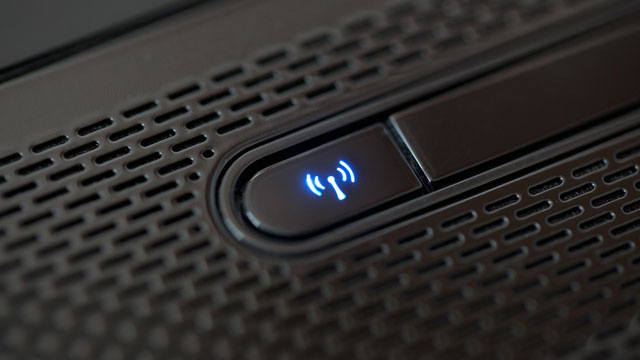Microsoft Proposes New WiFi Architecture

Microsoft’s Research (MSR) division is pushing to establish a new WiFi architecture, dubbed WiFi-NC, that marshals existing WiFi spectrum with the unused spectrum between television broadcasts (called “white space”). Tapping into these lower frequency bands provides a more potent wireless signal, resulting in fewer dropouts and more consistent connection speeds. WiFi-NC is 100% backward compatible with existing WiFi architecture, making it a more attractive option than other initiatives in recent years. Developing this idea given the current infrastructure was not too difficult; the dicier issue is convincing Congress to play ball.
Interference over WiFi connections is annoyingly common and manifests itself in the form of reduced network speeds or a complete drop of the WiFi link. Depending on where your wireless router or other wireless access point is located in your house/apartment/dorm in relation to your wireless devices, dropouts may be a frequent occurrence. It can be especially frustrating when you’re streaming from Netflix or some other media service. High-population areas, such as high-rise apartment buildings and college dormitories, tend to suffer disruptions the most. WiFi interference is caused chiefly by channel congestion:
- Wireless access points in close proximity set to identical or overlapping traffic channels or
- Too many wireless access points in a concentrated area
Current WiFi architecture also limits signal propagation to the tens of meters and has difficulty passing through certain materials such as thick concrete walls. Conversely, television transmissions can travel tens of miles to be picked up by your over-the-air (OTA) antenna and penetrate numerous building structures along the way.
Microsoft’s WiFi-NC aims to compensate for these limitations by appropriating the currently off-limits white space spectrum. When terrestrial television transitioned from analog to digital transmission, unused slices of the spectrum were left behind. These segments are highly desirable because television broadcasts occupy the “radio waves” portion of the electromagnetic spectrum, while WiFi occupies the “microwaves” portion of the spectrum. Lower frequency radiation (radio waves) better penetrates the concrete walls of buildings and travel greater distances and speeds than higher frequency radiation (microwaves).
To deliver a superior experience than current WiFi architecture provides, Microsoft’s technology would use the best combination of the available spectrum to optimize the connection quality of all users. A WiFi-NC access point could switch on-the-fly to the narrow white space frequencies when interference or other drop in signal-to-noise ratio (SNR) is detected.
It should be noted that WiFi-NC won’t automatically increase data rates above what’s currently specified in the current set of wireless b/g/n standards. Rather, the technology will enable a more consistent connection at the speeds for which your network is capable, even for the fastest of WiFi networks which can achieve 1 gigabit per second data transfers. Thus its core competency lies in its more efficient use of spectrum to deliver a full-purpose signal and more consistent wireless connections.
The bad news is prior to implementation, Microsoft must be given the green light from Congress, who has resisted apportioning white space spectrum due to concerns over interference. Microsoft and other groups have petitioned the FCC to release this space before, claiming the current rules are too conservative, but the FCC has repeatedly denied these requests in an attempt to protect television transmissions from interference.
In response, a Microsoft research team proved that an HD movie stream could be transmitted over white space spectrum to deliver broadband wireless signals on the same channel as a wireless microphone (which occupies frequencies very close to TV broadcasts) without any noticeable degradation in sound quality. Regardless, current legislation upholds that “white space devices must avoid any channel in use by a wireless microphone as well as the channels on either side of a TV broadcast.”
Microsoft sees no reason for spectrum to go unused and wants to create (and likely patent) a new wireless standard, superseding 802.11n. Adoption of the new standard would require a new router or other wireless access point, but beyond that, the design is fully compatible with legacy standards and could run alongside existing networks. If the rules were to change in the future and Congress passes the appropriate legislation, WiFi-NC could be implemented immediately. Its more robust architecture would result in better, more stable connections for WiFi users.
External Link: Microsoft Reinvents Wi-Fi for White Spaces


Comments